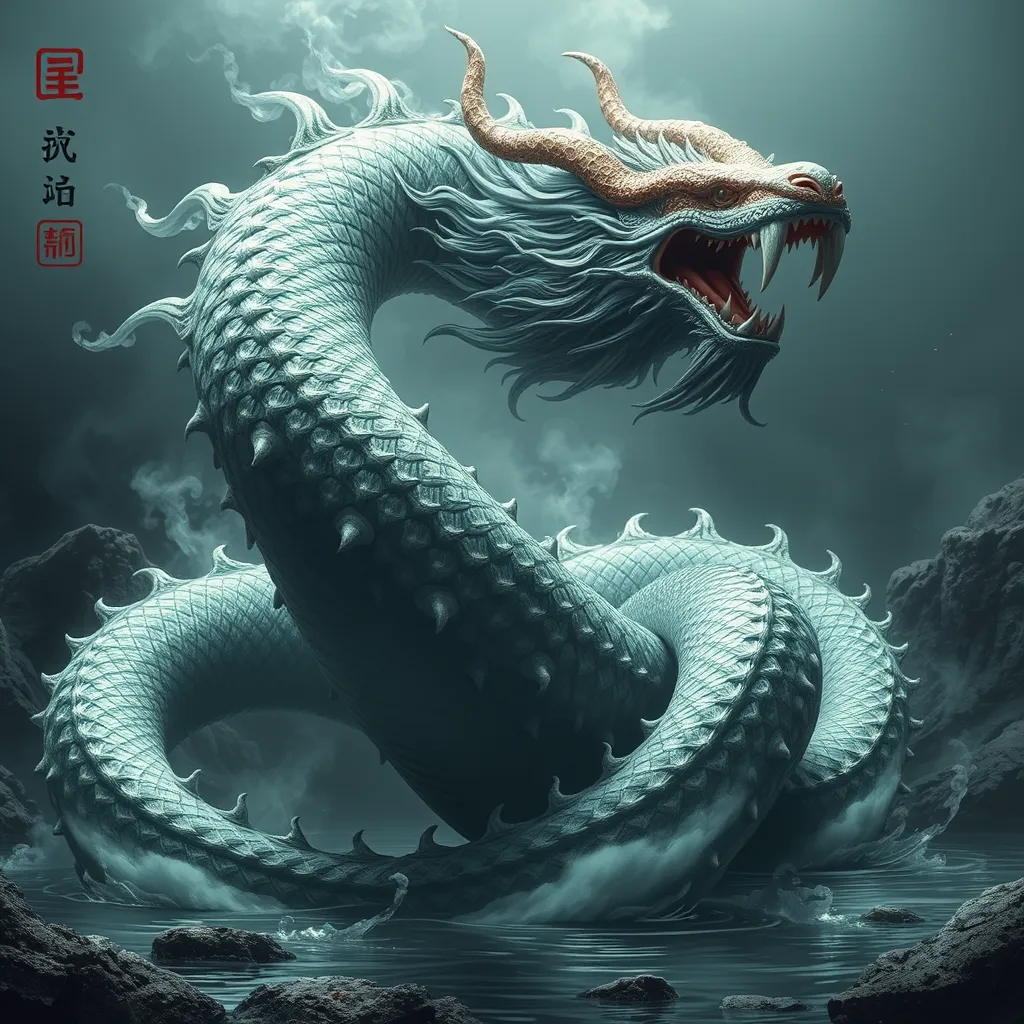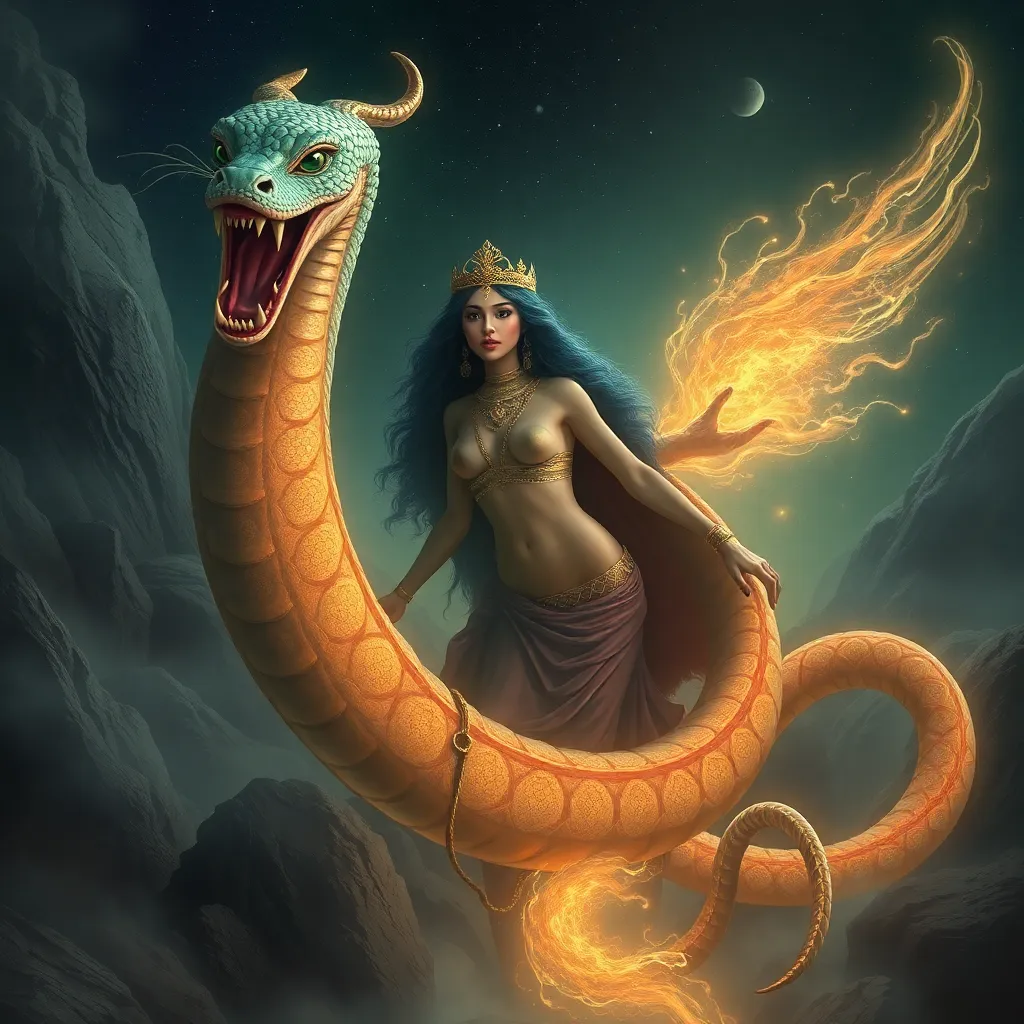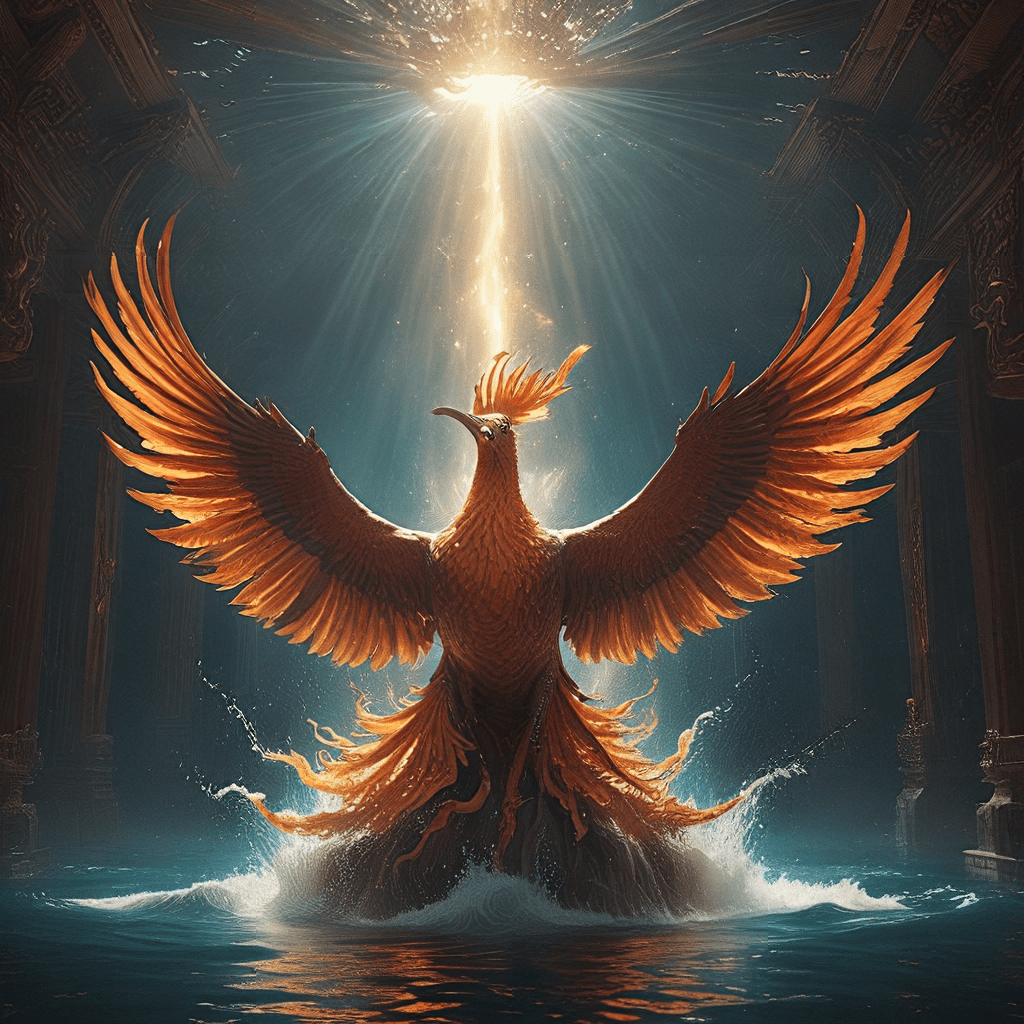The Rakshasa in the Shiva Purana: The Demonic Warriors of Shiva
I. Introduction
The Shiva Purana is one of the major ancient texts of Hindu mythology, dedicated primarily to Lord Shiva, one of the principal deities of Hinduism. This scripture encompasses a wide range of stories, hymns, and teachings that illustrate the nature of Shiva and his interactions with the universe. Within these narratives, the figure of the Rakshasa emerges as a prominent character, embodying the chaotic and often malevolent forces that exist in opposition to divine order.
In Hindu mythology, Rakshasas are typically depicted as demonic beings with supernatural powers. They play a crucial role in various stories, often serving as antagonists to the gods and heroes of the narratives. By exploring the portrayal of Rakshasas in the context of the Shiva Purana, we can gain insight into their significance within Hindu cosmology, the duality of good and evil, and the moral lessons these tales impart.
II. The Nature of Rakshasas
Rakshasas are defined as malevolent entities with the ability to change shape at will, possessing immense strength and magical powers. They are often characterized by their fierce nature and a propensity for violence, as well as their opposition to the divine order. The nature of Rakshasas can be summarized as follows:
- Shape-shifting abilities: Rakshasas can transform into different forms, enabling them to deceive and attack their enemies.
- Supernatural strength: They possess great physical power, making them formidable opponents in battle.
- Malevolence: Rakshasas are typically portrayed as cruel and cunning beings who thrive on chaos and destruction.
The cultural and spiritual significance of Rakshasas within Hinduism extends beyond their role as mere villains. They often symbolize the inner conflicts of humanity and the darker aspects of nature. The duality of good and evil is a recurring theme in the portrayal of Rakshasas; they are not inherently evil but are often driven by desires and motivations that can lead to conflict with the divine.
III. Rakshasas in the Shiva Purana
Within the vast narratives of the Shiva Purana, Rakshasas play pivotal roles in various stories that highlight their opposition to Shiva and the forces of good. Some key stories involving Rakshasas include:
- Taraka and his challenge to Shiva: The powerful Rakshasa Taraka sought to defeat the gods and establish his dominion, prompting Shiva to take action to restore cosmic balance.
- Andhaka’s arrogance: Andhaka, the blind Rakshasa, represents ignorance and desire, challenging Shiva’s authority and ultimately facing divine retribution.
The role of Rakshasas in these narratives underscores the cosmic battle between good and evil, illustrating how these demonic figures contribute to the larger themes of the Shiva Purana. Notable Rakshasa figures such as Taraka and Andhaka exemplify the traits of ambition and desire that lead to their downfall, reinforcing the moral lessons embedded in these stories.
IV. The Relationship between Shiva and Rakshasas
Shiva, known as the destroyer, holds a significant role in combating the forces represented by Rakshasas. His fierce nature and unyielding strength make him a formidable adversary against these demonic entities. The relationship between Shiva and Rakshasas can be explored through various aspects:
- Shiva as the destroyer: Shiva’s primary role is to eliminate chaos and restore order, making him the ultimate force against Rakshasas.
- Challenges posed by Rakshasas: Many Rakshasas, such as Taraka and Andhaka, challenge Shiva directly, showcasing their ambition and the consequences of their actions.
- Transformative power of Shiva: Shiva’s interactions with Rakshasas often lead to their transformation or redemption, demonstrating his ability to change the course of their fate.
V. Symbolism of Rakshasas in Hindu Philosophy
The portrayal of Rakshasas in Hindu philosophy extends beyond their narrative roles. They symbolize various concepts that resonate deeply within the spiritual framework of Hinduism:
- Representations of chaos and disorder: Rakshasas embody the chaotic forces that disrupt the balance of the universe, serving as a reminder of the ever-present struggle between order and disorder.
- Moral lessons: Tales of Rakshasas often impart lessons about the consequences of unchecked desires, arrogance, and the importance of humility.
- Balance of power: Rakshasas are viewed as a necessary force that challenges the divine, illustrating the duality and balance inherent in the universe.
VI. Cultural Depictions of Rakshasas
The stories of Rakshasas have inspired numerous artistic representations in literature, visual arts, and performance. Their influence extends into popular culture, where they continue to captivate audiences. Some notable aspects include:
- Artistic representations: Rakshasas are often depicted in traditional Indian art, sculptures, and dance forms, showcasing their fearsome nature.
- Folklore and popular culture: The tales of Rakshasas have been woven into regional folklore, influencing stories, plays, and modern adaptations in cinema and television.
- Modern interpretations: Contemporary media often reinterprets Rakshasas, portraying them with varying degrees of complexity, showcasing their motivations and inner conflicts.
VII. Comparative Analysis
When comparing Rakshasas to similar figures in other Hindu texts, we find both similarities and differences. For instance:
- Other Hindu texts: Rakshasas appear in epics like the Ramayana and Mahabharata, often with varied characteristics and roles compared to their depiction in the Shiva Purana.
- Global comparisons: Many cultures have their own demonic figures, such as the Greek Titans or the biblical demons, showcasing universal themes of good versus evil.
VIII. Conclusion
The exploration of Rakshasas in the Shiva Purana reveals their significant role in understanding the complexities of Hindu cosmology and philosophy. Through their interactions with Shiva, they illustrate the perpetual struggle between order and chaos, good and evil. Rakshasas, while often perceived as mere antagonists, embody essential truths about human nature and the moral lessons that arise from the battle against darkness. Their enduring legacy continues to influence contemporary culture, serving as a reminder of the timeless narratives that shape human understanding of the universe.



